From housing developments to business parks, many airports all over the world have been closed and repurposed as something else.
Here’s eight examples you might not have heard of:
Sheffield City Airport
Opening in 1997, Sheffield City Airport was located near the M1 motorway and Sheffield Parkway until April 2008 when it was officially closed.
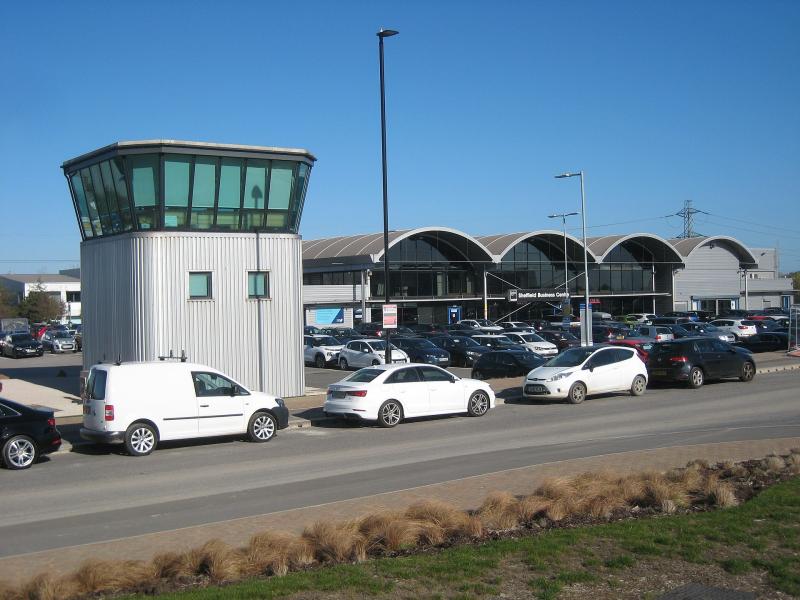
The facility was served by KLM Cityhopper, Sabena, British Airways and Aer Arann who offered regular passenger services between Amsterdam, Brussels, Dublin, Belfast, Jersey and various London airports.
The airport saw its traffic figures peak at 75,000 per year in 1999 but the number declined to just 13,000 by 2002.
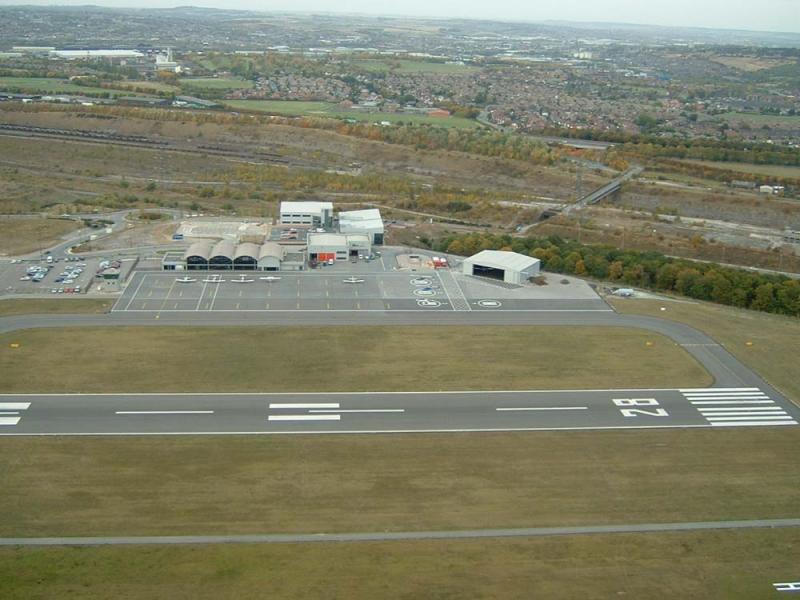
The airport site has been redeveloped into a business park.
Munich-Riem Airport
Located in the capital city of Bavaria, Munich-Riem was closed the day before the new Munich Airport opened on May 16, 1992.
From the 1980s, the airport was heavily congested. Originally the terminal was intended to house between five and eight million passengers per year, but in 1991, the number of people passing through its doors stood at 12 million.
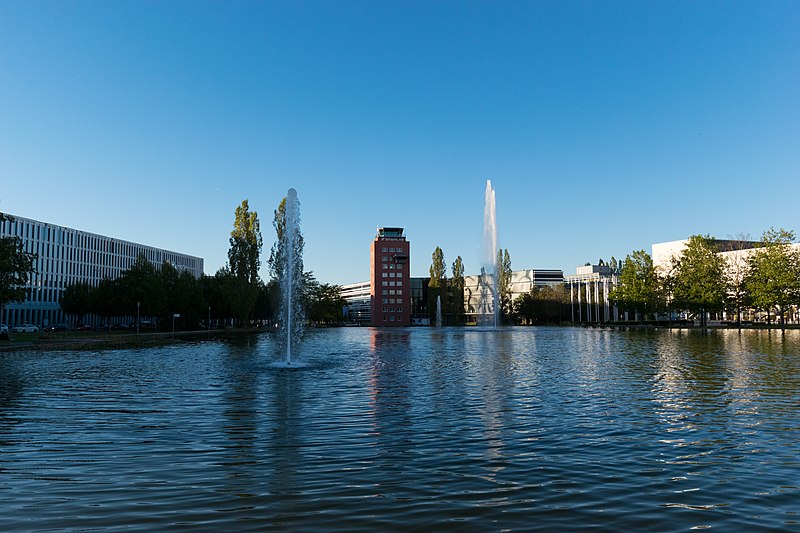
The airport's IATA airport code, ‘MUC’ and ICAO code EDDM were both transferred to the new Munich Airport.
The area has been redeveloped into Messestadt Riem, a new borough that includes multiple housing projects, a shopping centre, recreation areas and the new convention centre, Neue Messe München.
Croydon Airport
Croydon Airport was originally developed as Britain’s main airport. It was the country’s only international facility during the interwar years.
Located in Croydon, South London, the site opened in 1920 and was the first airport in the world to feature an air traffic control tower and terminal building.
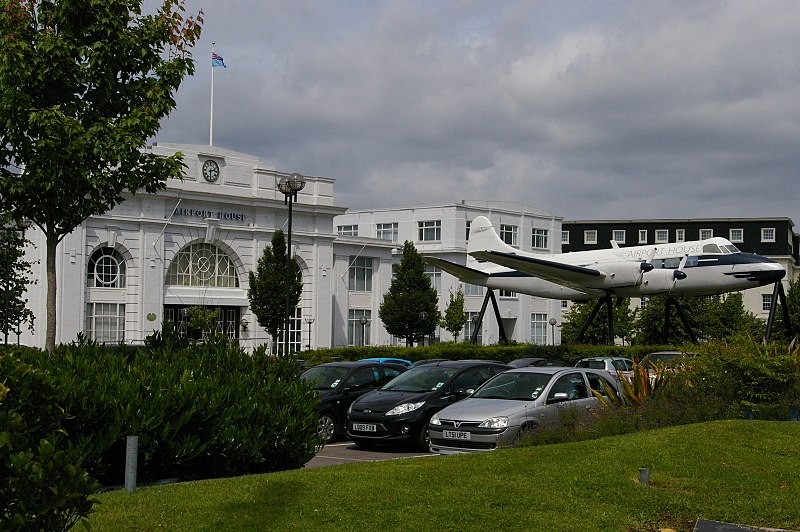
After World War II, the role of London’s primary international facility was passed to London Heathrow and it subsequently closed in 1959.
Beijing Nanyuan Airport
Serving as the secondary airport of Beijing, Nanyuan was opened in 1910 as the country’s first airport.
The site was used primarily as a military base until 1986 when China United Airlines - which was established as a military-owned civil airline with special permission to use military airports - became the first commercial airline to serve Nanyuan and used the facility as its main hub.
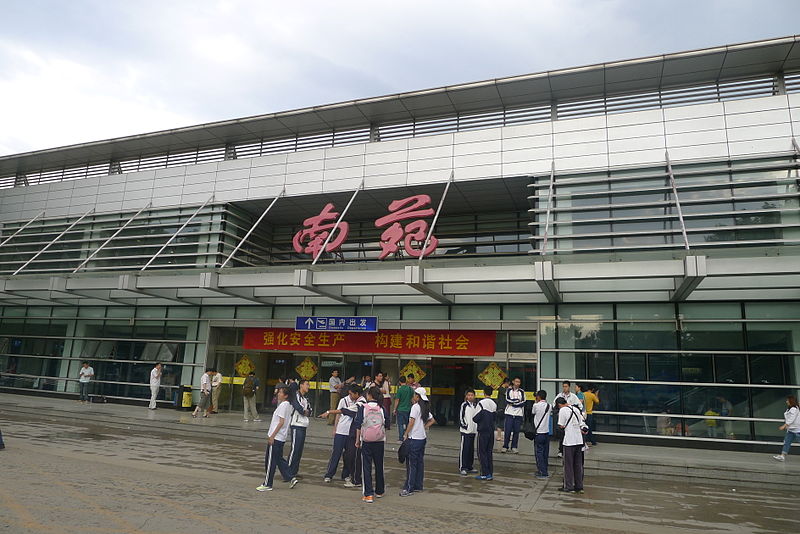
In 2004, the site was privatised and sold to Shanghai Airlines.
A new terminal building was constructed in 2013, which was designed to handle a capacity of up to six million passengers per year. In September 2019, all civil aviation and military operations were transferred to Beijing/Daxing International, the city’s new airport.
Kai Tak Airport
No list of airports that don’t exist anymore would be complete without the famous Kai Tak Airport in Hong Kong.
Opening in 1925, the facility served as the city’s main international hub until 1998 when it was closed and its successor, Chek Lap Kok took over as Hong Kong International Airport.
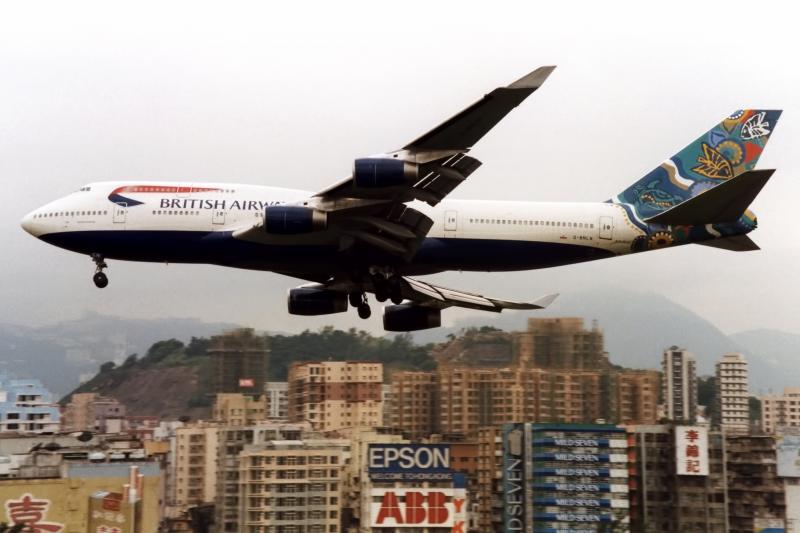
The site, which is located very near the centre of the capital, is known for its exciting approach that required pilots to fly an offset instrument approach towards a checkerboard on the side of a hill. Once the pattern was sighted and identified; the aircraft then made a low-altitude right turn ending up on a short final to the runway.
The hub was the home of Hong Kong flag carrier Cathay Pacific, as well as its regional subsidiary Dragonair (now Cathay Dragon).
Berlin Tempelhof Airport
Much like London, Berlin has had many airports over the years, one of which is Berlin Tempelhof – which was the city’s first facility.

Often called ‘City Airport’, Tempelhof closed to all operations on October 20, 2008 despite efforts by some protesters to keep it open.
The former airfield has subsequently been turned into a recreational space known as Tempelhof Feld.
Manston Airport
Located in Kent, England, Manston Airport is located on the former site of RAF Manston. In 1989, the gateway became Kent International and a new terminal was opened.
Dan-Air then began Summer seasonal charter flights to Palma, Mallorca using BAC One-Elevens. The owners of the site did not have control of the runway area as this was still managed by the RAF.
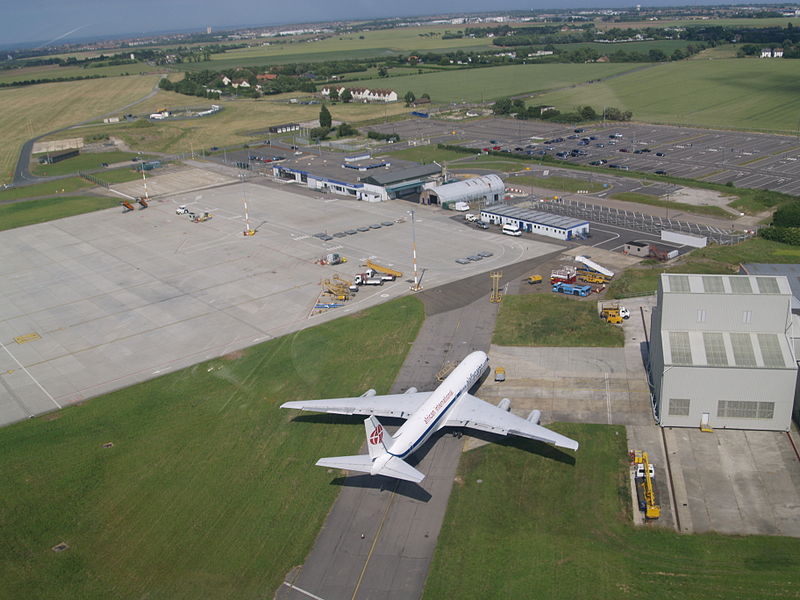
Over the years, the site has been used by British Airways to operate test flights and crew training exercises for the Airbus A380 and Boeing 787 Dreamliner.
On March 14, 2014, it was announced that a 45-day consultation period had begun for the closure of the airport. Daily losses were said to be around £10,000.
The last flight departed the site to Amsterdam Schiphol on April 9, 2014.
In a turn of fate on July 9 this year, a development consent order was announced by the Department for Transport which approved an application to create a £300m air freight hub on the site.
Casablanca–Anfa Airport
Built in the 1920s by the French government, Anfa Airport was the primary facility serving the city of Casablanca until the US Air Force closed its Nouasseur base in 1959 and large aircraft switched to using that facility instead.
Anfa was replaced as a commercial airport by Mohammad V International airport, however it continued to serve as the site of Royal Air Maroc’s flight training academy until the facility closed in 2007.

